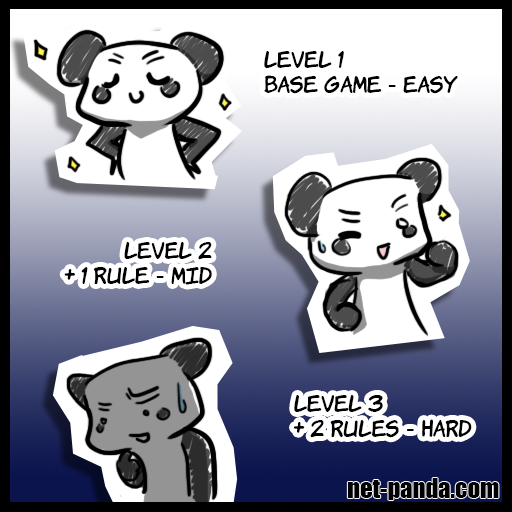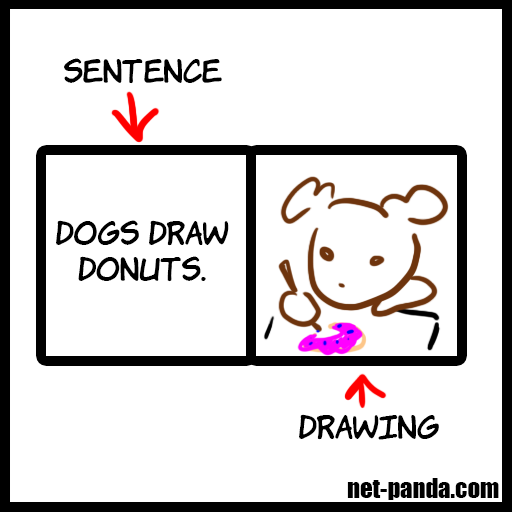2 Easy Games You Need to Use in Your TEFL Classroom.
During my stay in Korea I had the pleasure of working with many different kinds of personalities in my 2 middle schools. When I first started I felt extremely inexperienced and struggled to figure out my teaching style. All schools will have different expectations and requests for their teachers, but I was one of those teachers that was both blessed and cursed to create my own lesson plans with no restrictions from the textbook. In fact during the car ride my Co-Teacher (CT) told me I had free reign, just try to make “learning English” fun.
In an ideal setting your CT will work together with you to develop lesson plans centered around the textbook. If not, they will at least give you a general idea on where in the textbook they would like you to teach on or what they are planning to focus on. Since I was left to my own devices I have both thought of and designed plenty of successful and failed classroom games. I’m going to share the successful games that are fairly easy to do with students of varying levels and age groups. Use these as a source of ideas if you’re stumped on what to do for a class or ideas on how to fill up on time. Transform these to what your students are focusing or go crazy!
*Note that the games can be very competitive!
1 – しりとり (Shiritori) / 끝말잇기 (Kkeutmal-isgi)
This is a very popular vocabulary game played in both Japanese and Korean. There are some minor rule differences based on each individual language’s spelling rules. However English vocabulary very easily can be used to play this game. In fact we use very similar principles in Scrabble and Crossword puzzles.
First what does しりとり (Shiritori) / 끝말잇기 (Kkeutmal-isgi) mean? The direct translation in Japanese is “Taking the End” , while Korean is “End-to-End”. This gives you a very straight forward idea on how to play this game. You start the game with one /word/ and use the last letter of that /word/ to start a new one. The only major rule being that you cannot repeat the word.
Example – Hello ->(O)ctopus -> (S)ock -> (K)iss ….
Because there are so many words in the English vocabulary there is no limit to how far you can go. It is only really limited to the amount of words your students know.
My Powerpoint 1, 2 <- layout did not transfer well on google slides

If your class size is small (10> students max), you can get students to alternate between the two teams. You can start a new round after a word is either repeated or spelled incorrectly (if students are writing)
If your class size is large (10< students) split them into teams and get students to take turns to write as many words as they can come up with in a limited time. Points are given for the most words, minus/no points for misspelled or repeated words. Winners are determined by either the number of victories or accumulation of points.
You can easily make this game more challenging by adding rules or limiting them with materials.
1A – Adding Rules
So the basic rules have gotten a bit stale, your students are masters at this game, time to shake things up.
Rule idea – Limit the number of letters in each word.
Example – Students are limited to only 4 letter words
Read -> (D)eer -> (R)ule -> (E)ggs -> (S)oup
You can expand on this rule by rolling a dice or rotating the number of letters you can use depending on the vocabulary level your students have.

1B – Materials
Cheapest route to go is to use a blackboard or whiteboard as a base and get students to write on them, or alternatively you could practice speaking and pronunciation with students (though the that could become chaotic with a large class size). If your classroom has tiles (anything similar to scrabble) you can get your students to make a train that way. The nice thing about having the tiles is that weaker students can help by sorting out letters and becoming more familiar with the letters as well. It does require a lot of space as a result however. It also limits students on what they can utilize as they have to think harder if they are stuck with only x amount of certain letters.

2 – カルタ (Karuta)
Karuta is a another Japanese game. In order to play this customized version will require a lot of prep time and work. Karuta are cards with poems/riddles on one side and illustrations of the poems/riddles on the other. The teachers will have their own cards where they only read the poems/riddles (at random) and students must be the first to find and touch the correct illustration to the poem/riddle (confirmed when they flip it over to the other side).
My set up is to split the class into groups of 4-5 students with 25 – 30 cards. Come up with basic sentences for each card and have a blank space next to it.
My Powerpoint
Card example

Have a full set of cards for your students and a full set for yourself. Have your students illustrate all of the sentences in the deck of cards. Your students can work together in order to translate and interrupt the sentences in their own vision. Allows for creativity, though remind students to try and keep it simple if you are pressed for time. Make sure to explain how to cut their cards out according to the diagram below. Have some glue sticks or tape in case of mistakes.

After they are finished illustrating all of their cards pile their stack together and switch it with a different team. Get the students to mix the cards up on the desk randomly with the picture side facing up. When everyone is ready you can start the game.
If it gets a bit chaotic, make students raise their hand above their heads and wait until everyone follows this rule in order to start the next sentence.
If sentences are too difficult you can switch over to working on single word vocabulary. The central goal is the same, create a connection to a word with an image and later the pronunciation.
These are the 2 games I used frequently while teaching in Korea. They are fairly simple in concept, and fun to do. Students will get competitive, as most people do when it comes to playing games. It is important to have a decent control over students, but even with my most chaotic students, control isn’t too difficult if they focus on having fun together. Be patient and take your time finding your stride. Use these games to your advantage and most importantly have fun with your students.
Good Luck!